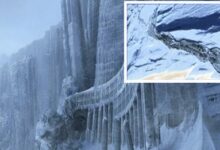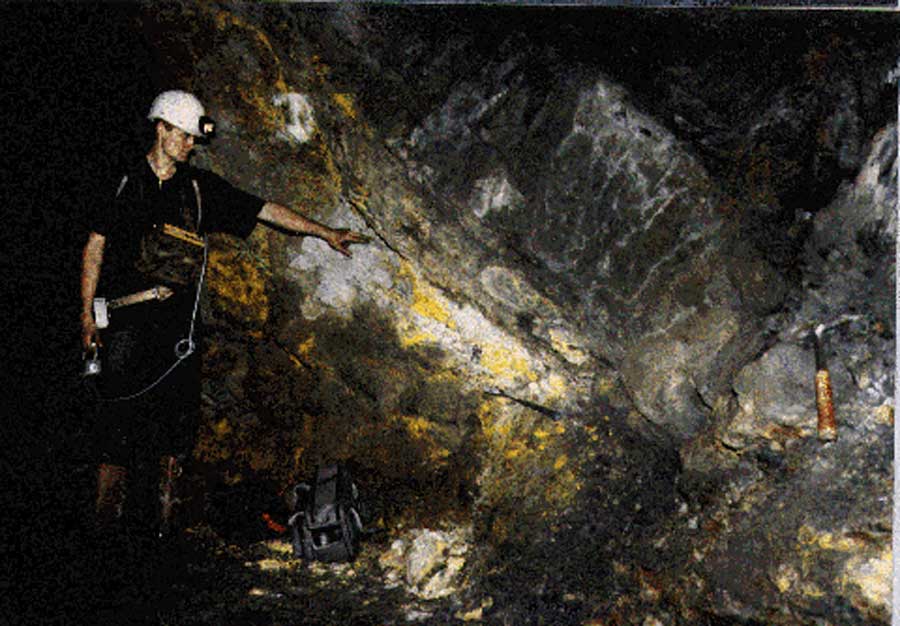Time-Slip Artifacts: Modern Objects in the Ancient World
Throughout history, archaeological discoveries have provided invaluable insights into humanity’s technological progress. However, some artifacts stand out as anomalies—seemingly out-of-place objects that defy their historical context and challenge our understanding of ancient civilizations. These “time-slip” artifacts blur the line between what we know of the past and what we thought was impossible.
Human innovation is traditionally seen as a linear journey, with new technologies building on past discoveries. But what happens when artifacts disrupt this narrative? From an ancient computer found in a sunken Roman ship to a natural nuclear reactor from 1.8 billion years ago, these discoveries prompt us to question the steady progression of technological advancement.
One of the most perplexing examples of out-of-place artifacts is the Antikythera Mechanism, a device resembling a complex astronomical clock found in an ancient Greek shipwreck. This intricate mechanism, dating back over 2,000 years, challenges the perception of ancient technology. Its existence suggests that ancient civilizations possessed knowledge far more advanced than previously thought.
Similarly, the Ulfberht swords, forged in medieval times, showcase metallurgical techniques that were centuries ahead of their time. These swords, made from pure steel, were so advanced that they have led some historians to believe that much of ancient technological knowledge may have been lost to history.
Among the most controversial of these artifacts are the Dropa Stones, alleged to be extraterrestrial in origin. These disc-shaped stones, found in a cave in China, bear strange inscriptions and have been linked to ancient alien theories. While mainstream science remains skeptical of their origins, the fascination with these objects reveals humanity’s deep desire to connect with possible extraterrestrial histories.
Some discoveries, like the natural nuclear reactor found in Oklo, Gabon, defy not just historical understanding, but the laws of nature. This ancient reactor, which occurred naturally about 1.8 billion years ago, challenges the notion that nuclear technology is a modern invention. While it wasn’t man-made, its existence still stuns scientists, raising questions about Earth’s geological history and the complexities of natural phenomena.
Similarly, the Mount Bong Pyramid in China has sparked controversy. The site contains iron pipes and stones shaped in ways that some argue point to ancient metallurgical techniques. Others contend that these are simply natural formations mistaken for human artifacts. Regardless of the true origins, this case highlights the risks of misinterpretation in archaeology, where the boundaries between natural and man-made can sometimes blur.
Artifacts like the Ulfberht swords serve as a reminder of the fragility of technological knowledge. These swords, created with techniques far ahead of their time, represent how entire branches of technological expertise can vanish, only to be rediscovered centuries later. What other lost technologies could be awaiting rediscovery?
Artifacts such as the Dropa Stones also demonstrate how myths and cultural narratives can shape our interpretation of the past. These alleged extraterrestrial objects have fascinated people worldwide, reflecting our deep-seated desire to connect ancient history with the possibility of alien civilizations. Whether or not the Dropa Stones are truly of extraterrestrial origin, they symbolize humanity’s enduring quest to understand our place in the cosmos.
The discovery of these out-of-place artifacts challenges the conventional narrative of technological progress. They suggest that history may not be as linear as once believed. Instead, human innovation may have experienced bursts of advancement, followed by periods of stagnation or loss. These time-slip artifacts offer a tantalizing glimpse into the complexities of human history, one filled with forgotten technologies and unexplained mysteries.
As researchers continue to investigate these artifacts, they raise profound questions about the legacy of human knowledge. How many more time-slip artifacts are out there, waiting to be discovered? Each new find has the potential to rewrite what we know about ancient civilizations and their achievements. The quest to understand these mysteries remains one of humanity’s most enduring pursuits, with the promise that the past still holds many secrets waiting to be uncovered.
These time-slip artifacts remind us that history is far from settled, and as new discoveries emerge, our understanding of the ancient world—and the limits of human innovation—may be forever changed.









